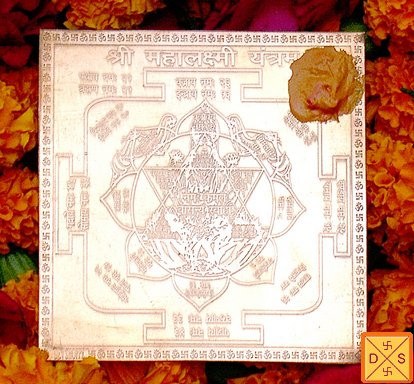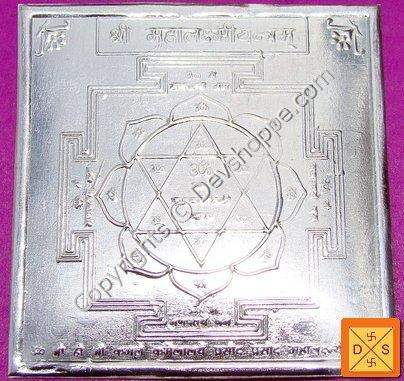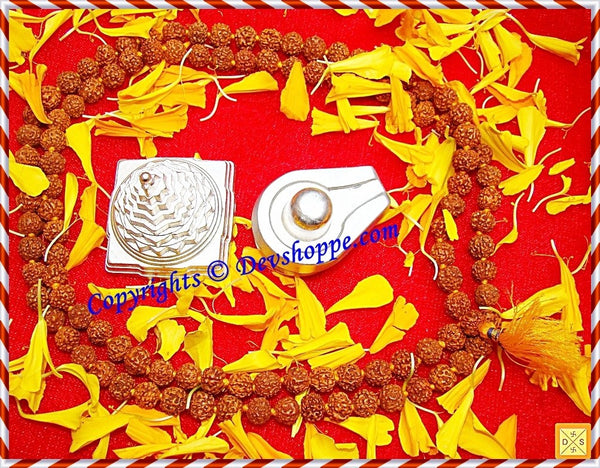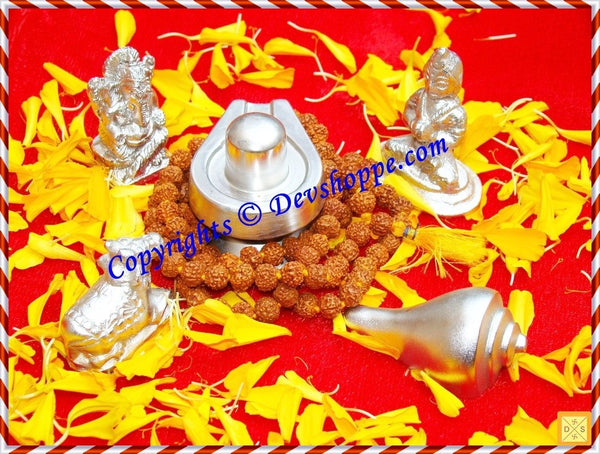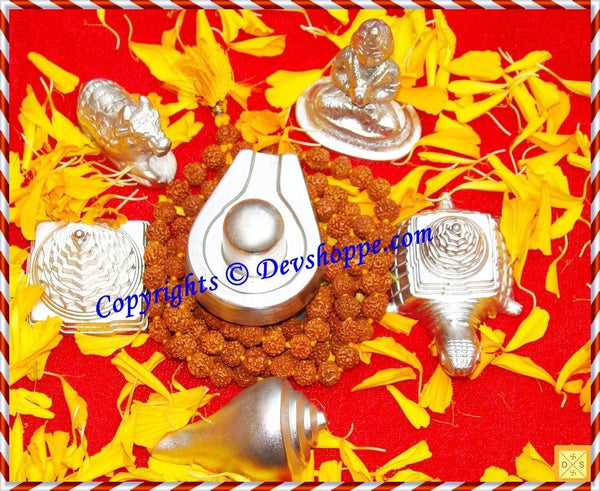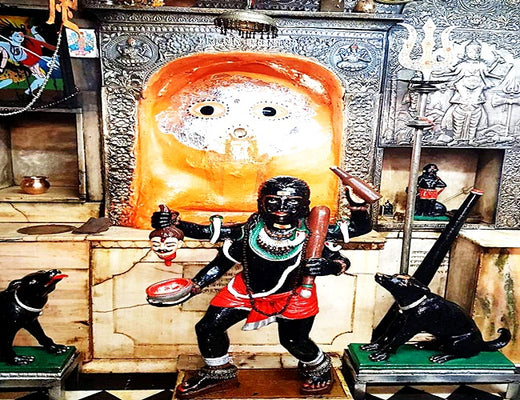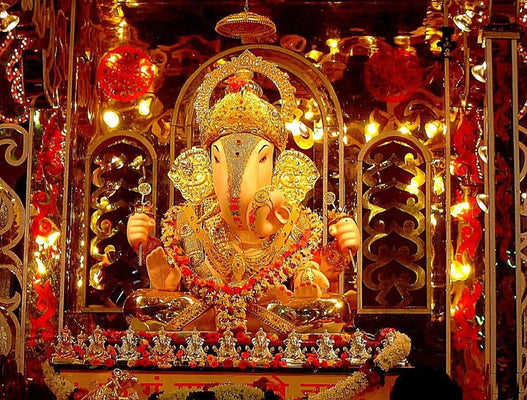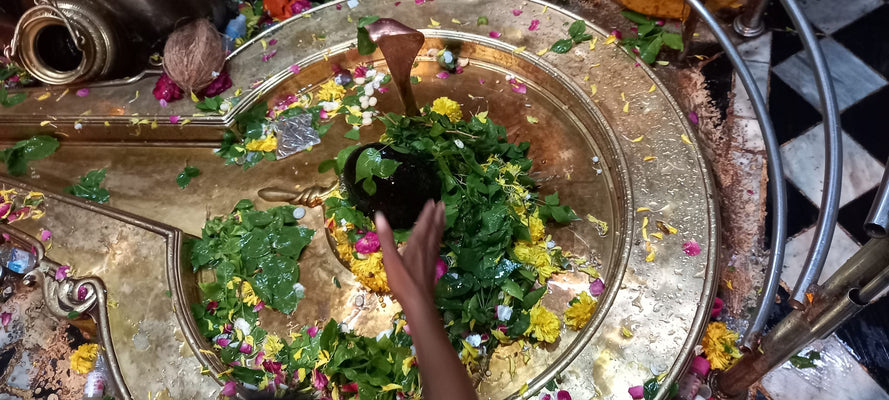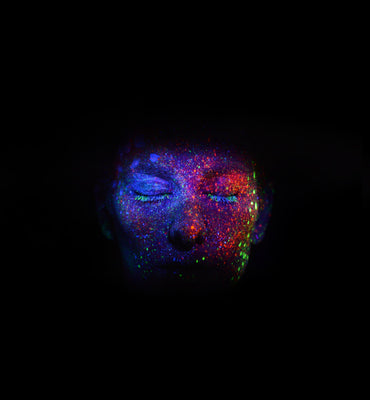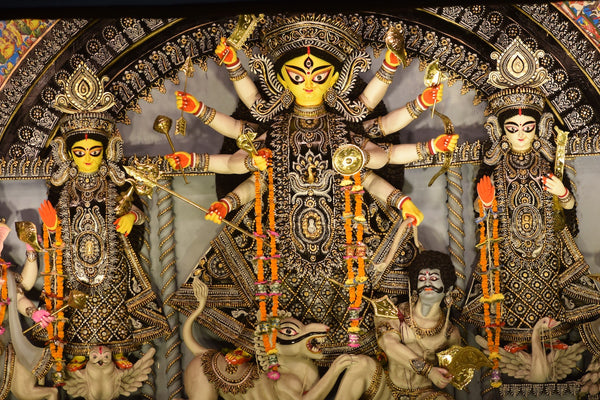Maha Shivratri

Shivratri or Shivaratri (Night of Shiva or "Great Night of Shiva") is a festival celebrated every year by the Hindus. It is celebrated in the honor of Lord Shiva who is one of the Hindu Gods forming the trinity, Brahma, Vishnu & Mahesh (Shiva). Sivaratri (Night of Shiva) literally means ‘the grand night dedicated to the worship of Shiva. This festival is observed for one day and one night every year. As per Ethics in Hindu, Mahashivratri festival has incredible importance in Hinduism. According to sacred scriptures, by worshiping the God, Lord Shiva, on Mahashivratri will please the Lord Shiva at the most. This festival falls on the 14th day of the dark fortnight in the month of Phalgun ( February / March) in the year 2014
Bhagwan Shiva is portrayed with ash on his forehead, and devotees of Lord Shiva frequently apply sacred ash to various parts of their body. This symbolizes two things. Everything that today has a form on the Earth once was ash in the ground and again will be reduced to nothing but ash. Therefore, the ash serves to remind us that all that we are, all that we do, all that we earn and acquire will only be reduced to ash one day, and therefore we should live our lives dedicated to God and dedicated to serving humanity, rather than to the accumulation of temporary possessions and comfort. When we apply the sacred ash or see it, we are reminded Ah yes, it is only by the grace of Lord Shiva that I am still here today, and that I have not yet been turned to ash. It is His grace that my home, my family and my possessions are still with me and that they have not become ash. Therefore, I should remember Him, pray to Him and devote myself to Him.
The Story of Shivaratri based on Saagara Manthan
This is a famous legend on Shivaratri and happened during the churning of the Ksheera Sagara by the Devas and Asuras to get ‘Amrit.’ While churning the ocean, highly toxic poison came out and Lord Vishnu asked the ‘devas’ and ‘asuras’ to approach Lord Shiva.
He agreed immediately to help them and drank the poison. In order that this poison should not affect him, Lord Shiva was not allowed to sleep. So the ‘devas’ and ‘asuras’ kept praying through bhajans and Ashtotras the whole night. Pleased with their devotion Lord Shiva said ‘whoever worships me on this day will get their wishes fulfilled.’
The Poison affected his Throat and made it Blue hence the Name “Garala Kantha” or Neelakantha”.
The story of Shivratri based on hunter unknowingly dropping Bilva leaves on Lingam
There once lived a tribal hunter who was a Shiva devotee. One day he lost his way while hunting and was trapped in the forest at night. Soon wild animals started to gather around him and he climbed a Bel or Bilva tree. In order to keep himself awake, he started plucking Bilva leaves and dropped them down one by one repeating ‘Om Namah Shivaya.’ In the morning, he discovered that he had been dropping the leaves on a Shivaling.
And the word spread that he was saved by Lord Shiva. People started celebrating the day as Shivratri. The story is mentioned in Mahabharata by Bhishma while on the bed of arrows.
The hunter was born as King Chitra bhanu who could remember his previous births. And he discussed the importance of Shivaratri with a sage.
Apart from these myths, it is said that the reunion of Lord Shiva and Parvati happened on the Shivratri day. Another legend states that Lord Shiva performed the Taandava on this day.
On the auspicious occasion of Shivaratri, or Mahashivratri, Hindu devotees around the world observe Shivratri Vrat or Upvaas or fast. The fasting involves refraining from eating any food and not sleeping through out the night. Sivaratri literally means ‘the night of Lord Shiva’ and unlike other festivals associated with Hinduism there is no fun and merrymaking on the day. But the night provides an opportunity to cleanse the ignorance and realize that you are Brahman and open the door to bliss.
The day after Shivratri is Amavasya – the dark night or the no moon night. It symbolizes the evil forces – desire, greed, illusion, arrogance, jealousy, and anger – which dominate the Kaliyuga. Shiva is believed to have appeared in the form of ‘Lingodabhavamurti’ or Jyotir Linga on the Shivratri night. The Linga is an attempt to give form to the formless Brahmin. Praying to Shiva is to escape from the miseries of Kaliyuga.
The Mahashivratri fasting begins on the morning of Shivratri and ends next day morning.
Since it is a long Upvaas or Vrat, many people consume a special meal known as ‘palhaar.’
•Devotees wake up before sunrise and take bath and wear clean clothes.
•Applying of sacred ash, or vibhuthi, is an important aspect on the day. People also wear a Rudraksha Mala.
•The idols of Ganesh, Shiva and Parvati are cleaned and a lamp is lit.
•Most people then visit a nearby Shiva temple. In most places, Shivratri is largely observed in temples.
•Some people observing fast consume a mid-day meal consisting of non-cereal food such as boiled potatoes which are made into a curry without onion, garlic or haldi, Vrat Alu Ka Meetha,Sabudane ki Khichdi etc. Another food eaten on the day is pakori or Kutt Singahri ki puri.
•Most devotees go for a fruit diet and drink lots of water.
•No meal is eaten after sunset.
•The entire night is spent in a nearby Shiva temple or by chanting Mantras or listening to stories related to Shiva.
•In some places in the south people have a meal only after a Samudra Snaan( a bath in the sea).
•Some of the important mantras that are chanted on the day include:
•Shiva Panchakshari Mantra – Om Namah Shivaya or chanting the sacred names of Lord Shiva.
•People who have a Shivling at home can bathe the Shivling with water intermittently throughout the night.
•All the rituals on the night of Shivratri are meant to cleanse the ignorance and realize the Brahmin manifested in you.
The fasting, rituals and chanting are meant to kill desire, greed, illusion, arrogance, jealousy, and anger. This will make you a better person and prepare you to face the challenges that life puts you through every day.


